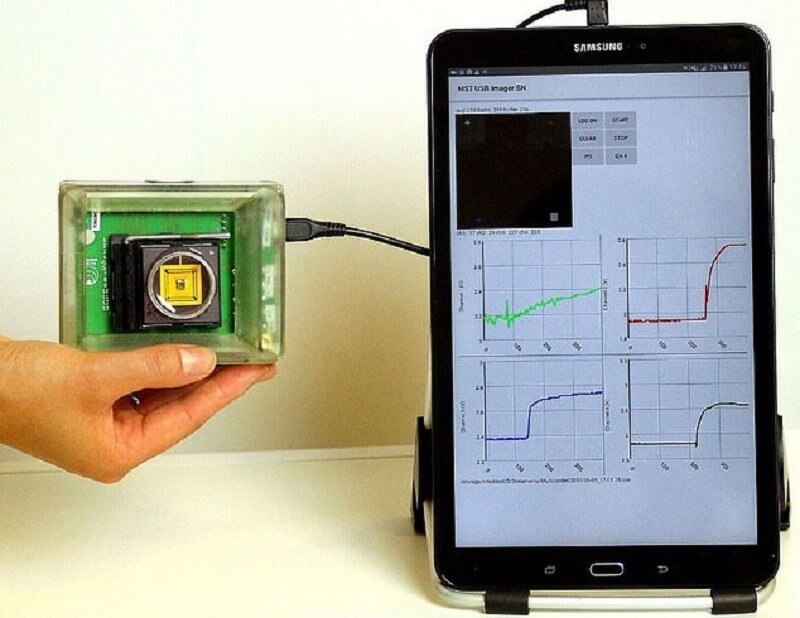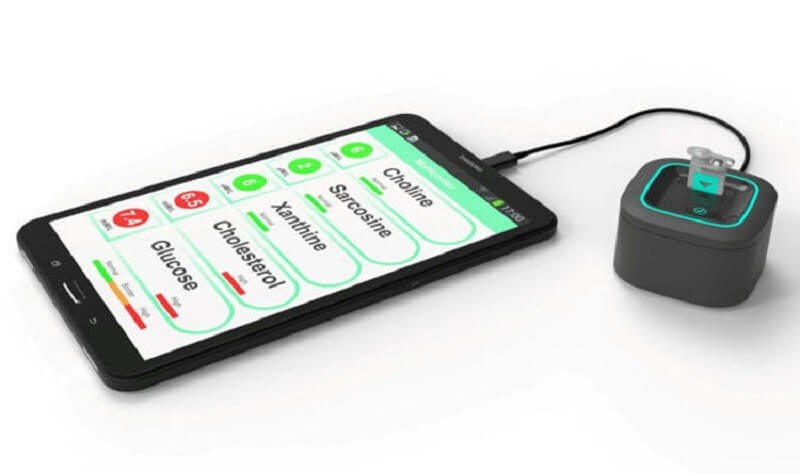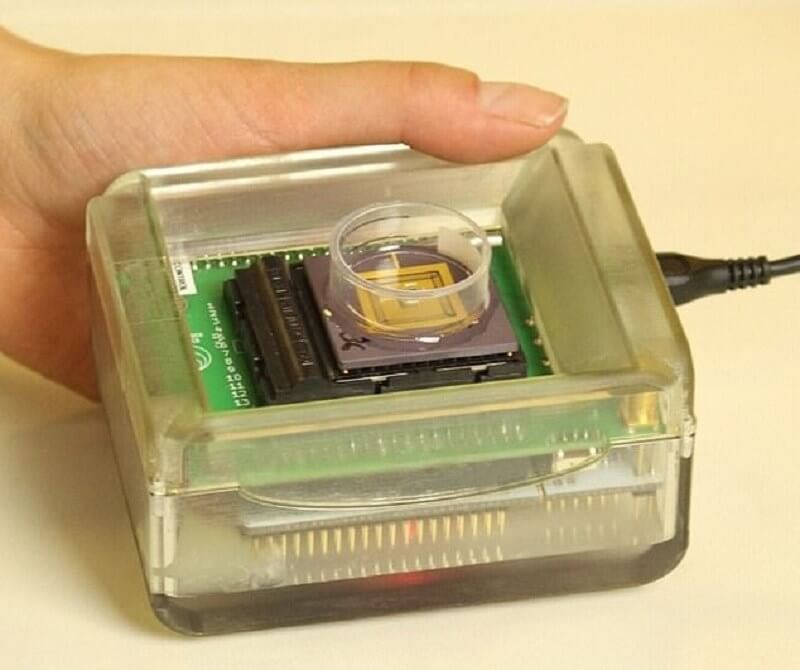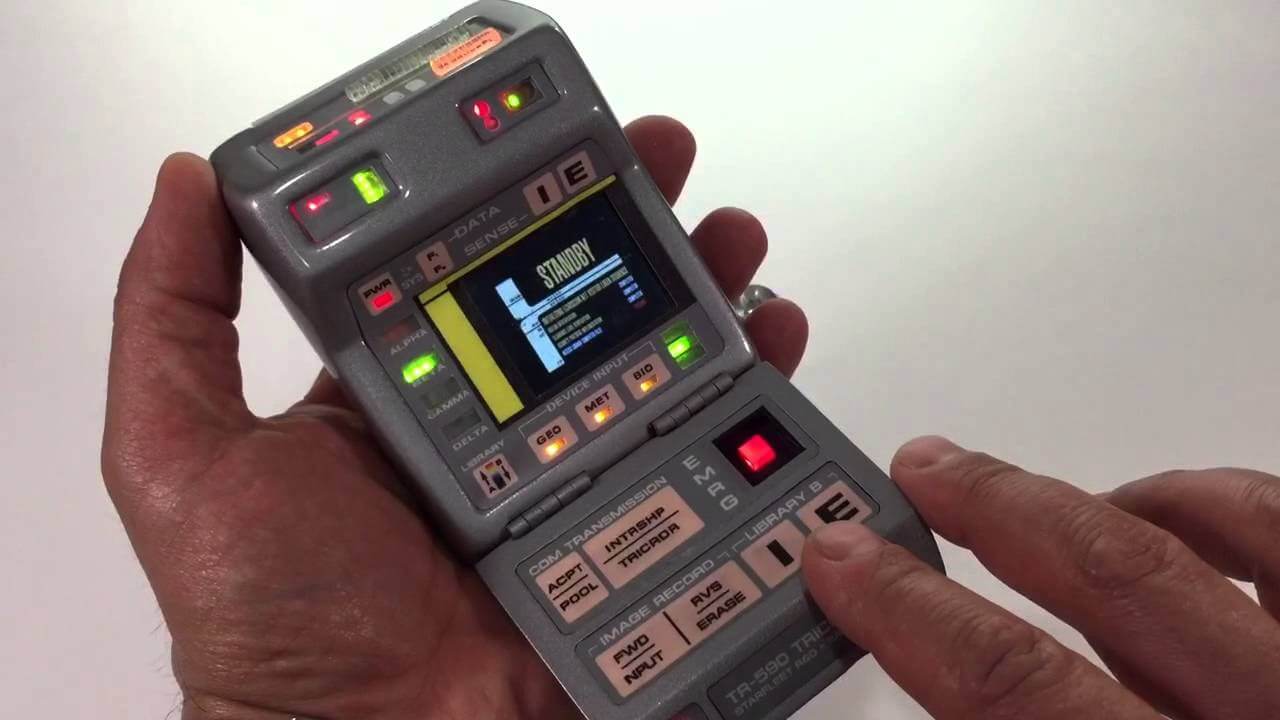Forward-looking: Sci-fi movies and shows have long served as inspiration for real-world products. The latest of these is a handheld device that owes a lot to Star Trek's famous tricorders, except this one is used to diagnose certain illnesses and diseases such as cancer.
The 'mulitcorder' is the work of researchers at Glasgow University. The sensor, which links with an Android smartphone or tablet app, uses a complementary metal oxide semiconductor (CMOS) chip---the kind that is found in cameras and other imaging devices.
The sensor is divided into four zones, each one able to detect and measure different metabolites--- biomarker molecules found in bodily fluids---which can help rapidly diagnose and monitor cancers, heart attacks, and strokes. This improves on current methods, which rely on large, expensive equipment that can be slow to produce results.

'We have been able to detect and measure multiple metabolites associated with myocardial infarction, or heart attack, and prostate cancer simultaneously using this device," said lead author Dr Samadhan Patil. "This device has potential to track progression of the disease in its early phase and is ideally suited for the subsequent prognosis."
The CMOS chip measures just 3.4 x 3.6 mm, allowing the entire device to fit into a hand. Best of all, it can produce results in just two minutes.

"Handheld, inexpensive diagnostic devices capable of accurately measuring metabolites open up a wide range of applications for medicine, and with this latest development we've taken an important step closer to bringing such a device to market," said Professor David Cumming, Principal Investigator on the project.
"It's an exciting breakthrough and we're keen to continue building on the technology we've developed so far."

Exactly when the final device will be available is unclear, but the development is an exciting prospect. It joins a growing list of inventions influenced by the Star Trek TV shows and movies, including communication devices, tablet computers, and universal translators.
The study was published in the journal Biosensors and Bioelectronics.
